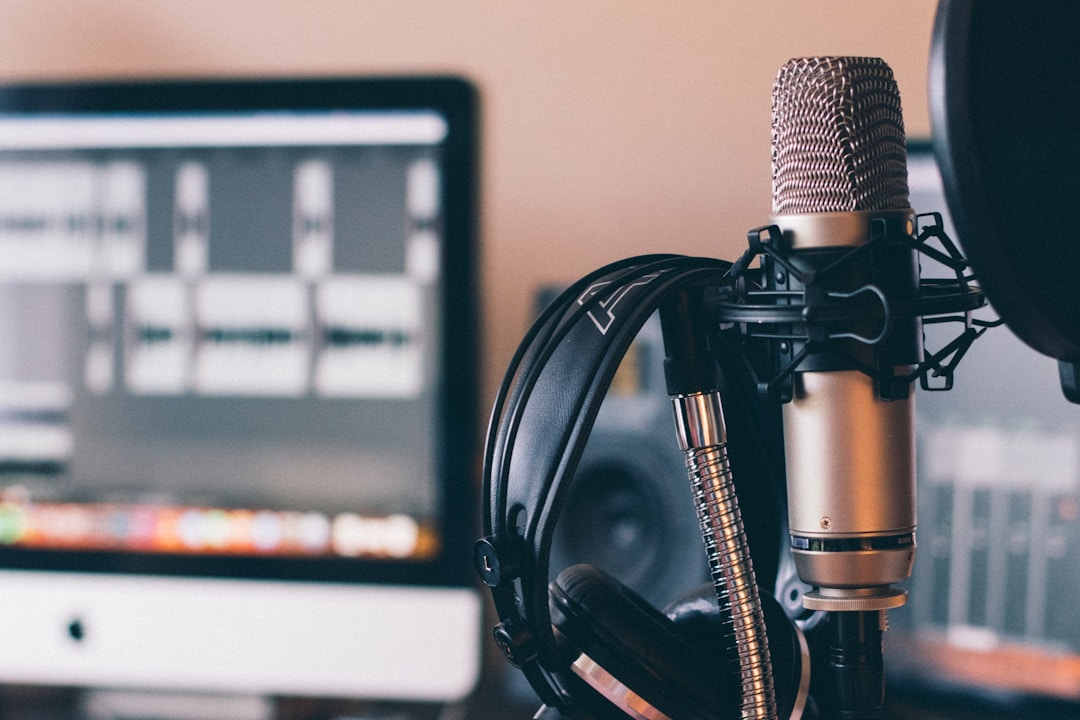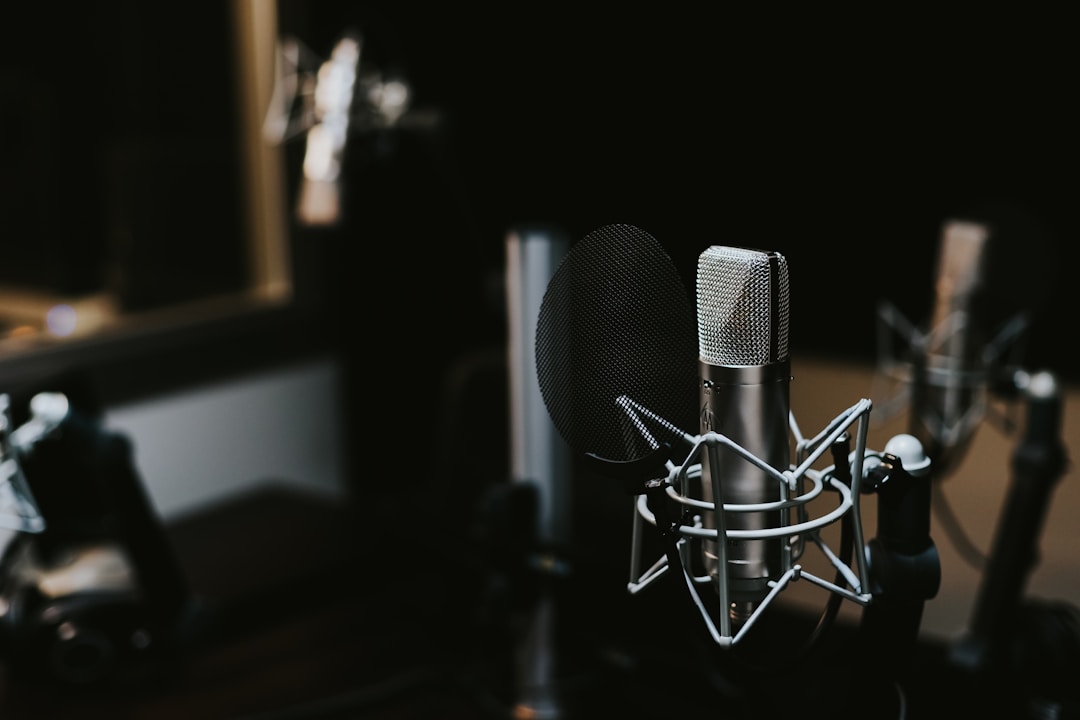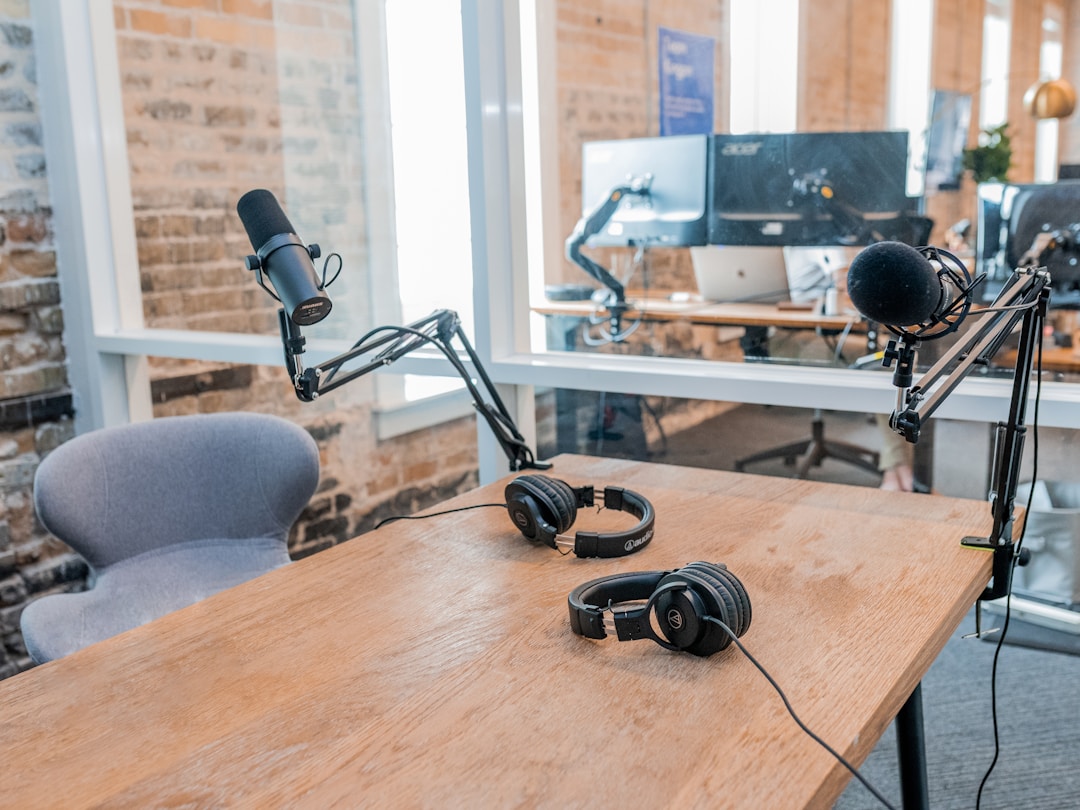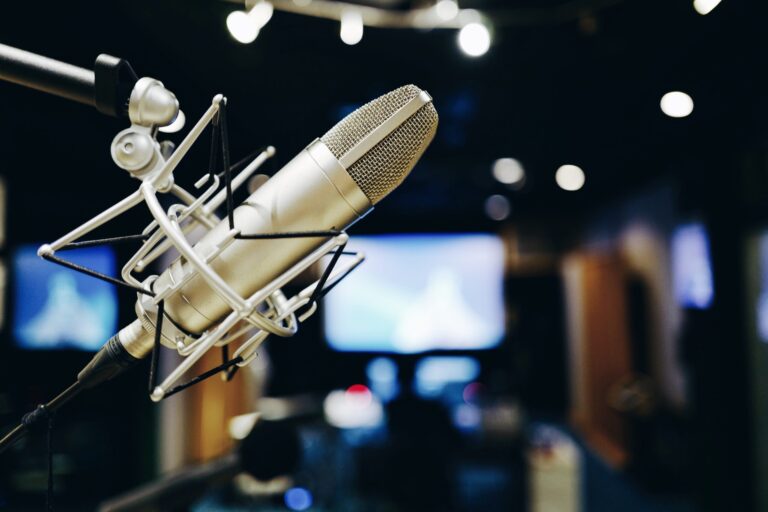Whether you’re a seasoned musician or just starting out in the audio production world, microphones are an integral part of capturing the best sound possible. One type of microphone that stands out is the dynamic microphone. It’s been used by musicians across genres and has earned its place in audio production. In this article, we shall explore the dynamic microphone, delving into its various aspects, from its construction to its use in different applications. Keep reading if you’re interested in this robust and versatile sound equipment.
Understanding the Basics of Dynamic Microphones

What sets dynamic microphones apart from other types is their unique construction. Essentially, sound pressure waves vibrate a flexible membrane, usually a diaphragm, which is connected to a coil of wire. The coil is surrounded by a magnet, and as it moves within the magnetic field, it generates an electrical signal. This signal is then transferred via the microphone’s output to an amplifier or mixer. The process behind how these microphones work makes them capable of handling high sound pressure levels, hence their use in loud music genres, broadcasting, and live sound applications.
With the right knowledge and skills, you can utilize your dynamic microphone from Musican Nerd to capture outstanding audio. You need to understand the specifics of your dynamic microphone model, including its frequency response, polar patterns, and output impedance, to get the most out of it. Equipped with this knowledge, you are ready to explore the various uses of dynamic microphones in different environments.
There’s a lot to appreciate about dynamic microphones. They are incredibly robust, able to withstand rough handling and extreme environmental conditions, while still being able to deliver quality sound. Furthermore, they do not need an external power source, which makes them convenient to use. Thanks to their design, they can handle a wide range of frequencies, and their ability to withstand loud sound sources makes them favorite tools for drum, guitar, and vocal applications.
Using Dynamic Microphones for Vocals
A dynamic microphone is a top choice for vocals, whether it’s in a recording studio or live performances. Their ability to handle higher sound pressure levels makes them perfect for energetic performances where loud vocals are required. A good dynamic microphone can produce a warm and rounded tone, which can bring out the best in vocal recordings. It’s also worth noting that dynamic microphones are less sensitive to subtle sounds compared to condenser microphones. This characteristic works to their advantage when recording vocals, as they tend to pick up less background noise. This makes them well-adapted for live performances, as they are less likely to catch undesired sounds from the environment.
From rock concerts to pop performances, dynamic microphones serve as reliable tools for vocalists the world over. Their durability, coupled with good handling of loud sound sources, makes them a smart choice for any performance. However, it’s always advisable to complement your use of dynamic microphones with other types for a balanced and full-bodied sound.
Capitalizing on Dynamic Microphones for Instrumental Recording

Another common use of dynamic microphones is instrumental recording. Their ability to manage loud sound sources without distortion makes them a go-to tool when recording instruments like drums, electric guitars, and brass instruments. The high sound pressure levels produced by these instruments are well within the capabilities of a dynamic microphone, allowing for the clear capture of each musical note.
In particular, dynamic microphones are excellent tools for close-miking techniques, where the microphone is placed in proximity to the sound source. This method helps to minimize the capture of background noises, focusing on the instrument in question. With a dynamic microphone, you can achieve a distinct sound that brings out every detail of the instrument’s output.
Again, it’s crucial to understand your dynamic microphone’s characteristics to fully utilize it for instrumental recording. By optimizing its placement and adjusting your instrument’s output accordingly, you can capture each note in clear and arresting detail. It’s a testament to the versatility of the dynamic microphone and its important role in music production.
Dynamic Microphones in Broadcasting and Podcasting
Podcasting, a field that is rapidly growing, is a realm where dynamic microphones excel. With their limited sensitivity to background noises, they are ideal for spoken word applications. Whether you’re hosting a radio show or conducting a podcast interview, a dynamic microphone can produce clear, quality sound. Let’s not forget the strength of dynamic microphones. The constant setting up and breaking down that comes with broadcasting or podcasting can take a toll on fragile equipment.
Thankfully, dynamic microphones are built to withstand this kind of treatment, making them a long-lasting choice for regular use.
Using a dynamic microphone in broadcasting or podcasting ensures you capture clear speech, devoid of unnecessary noise. With their excellent noise rejection capabilities, they save you a lot of time that might otherwise be spent on post-production editing. The end result is a clean and professional sound that keeps your audience engaged.
The Art of Microphone Positioning

No matter how top-tier your dynamic microphone may be, poor positioning can lead to inferior sound capture. Understanding how to properly position your microphone based on the application will allow you to get the best sound quality. When recording vocals, for instance, you may want to place the microphone slightly off-axis to avoid catching unwanted “pops” and “sibilants”. When recording instruments like drums or guitars, different models of dynamic microphones can be used at different placement points to capture an all-rounded sound.
For broadcast and podcast applications, close-talking mics can be used to emphasize the warmth and clarity of the voice, while rejecting off-axis noises. With careful and considerate positioning, your dynamic microphone can do wonders in delivering a pleasing sound. It might take some trial and error and a dash of patience, but the end reward is well worth it. Don’t overlook this subtle, yet pivotal aspect of sound capture when using your dynamic microphone.
Choosing the Right Dynamic Microphone
With so many options on the market, selecting the right dynamic microphone for your needs might seem daunting. But a clear understanding of your requirements can ease the decision-making process. If you’re into live performances or plan to use your microphone for vocals, you might want to choose a dynamic microphone renowned for its performance in such scenarios. For instrumental recording or broadcasting, you should consider microphones that stand out in those specific roles.
Pay attention to the frequency response, polar pattern, and output impedance as these factors will greatly influence the overall performance of the microphone. You can consult reviews and recommendations to aid in your decision-making. Websites such as Musican Nerd offer detailed articles and guides on choosing the right dynamic microphone and how to maximize the potential of your chosen equipment. In the end, the right dynamic microphone will be the one that best satisfies your specific needs and preferences.
Maintaining Your Dynamic Microphone

Though dynamic microphones are known for their robustness, they can still benefit from proper care and maintenance. Regular cleaning and gentle handling can prolong the lifespan of your microphone. You should also always store your microphone in a dry and protected location when not in use. If your microphone comes with an on/off switch, be sure to turn it off when not in use. Also, avoid exposing your microphone to extreme temperatures or high humidity levels, as these can potentially damage the internal components.
Periodic check-ups can identify any potential issues early on, preventing damaging consequences down the line.
In essence, your dynamic microphone is a valuable investment and it’s worth taking the time to maintain it well. With proper care and handling, your microphone can serve you faithfully for years, letting you continue creating audio content without worrying about equipment failure.
As this article demonstrates, the dynamic microphone is a versatile tool that serves musicians, broadcasters, and podcasters alike. Its charm lies in its sturdy construction, which allows it to withstand high sound pressure levels, and its insensitivity to ambient noise. With careful positioning, the right choice, and diligent care, you can unleash the full potential of your dynamic microphone, capturing excellent audio quality across various applications. The dynamic microphone truly is a powerhouse in its own right.




